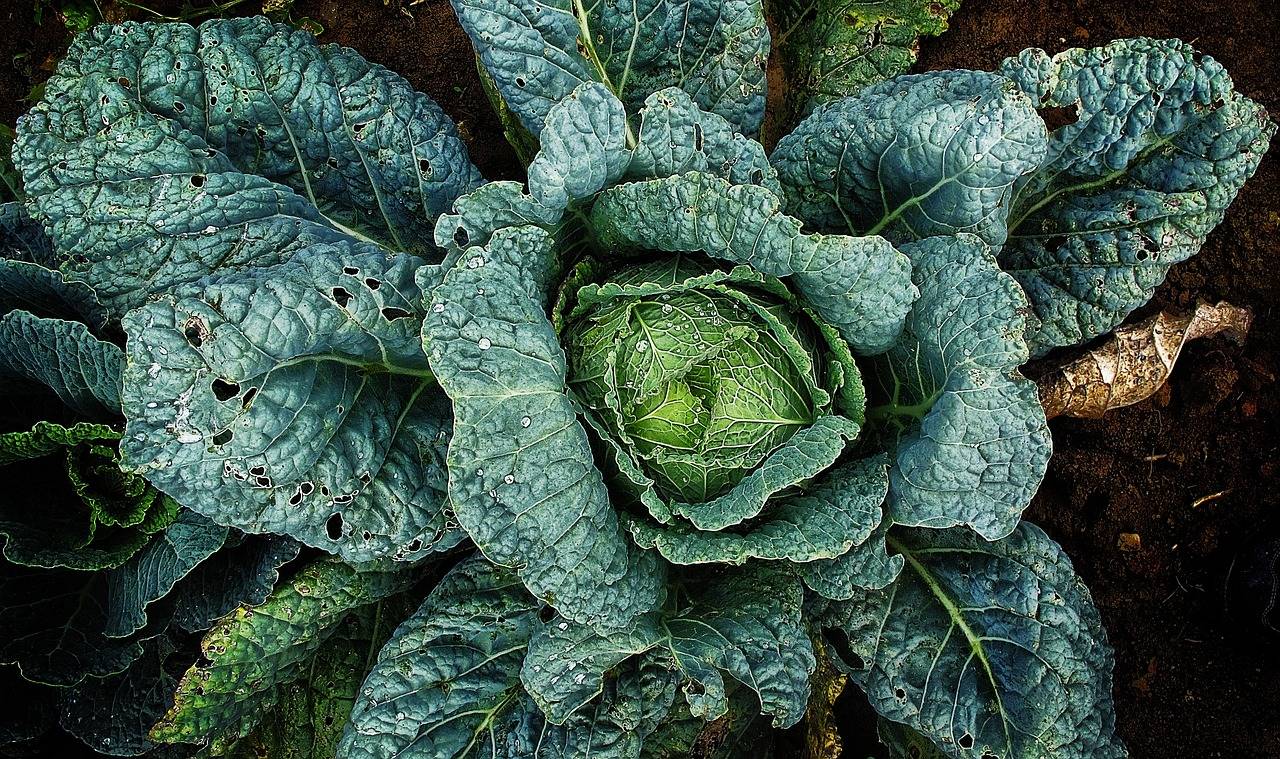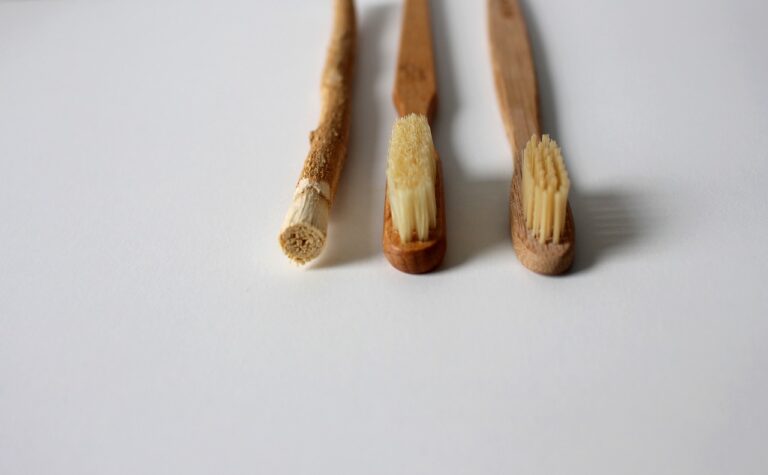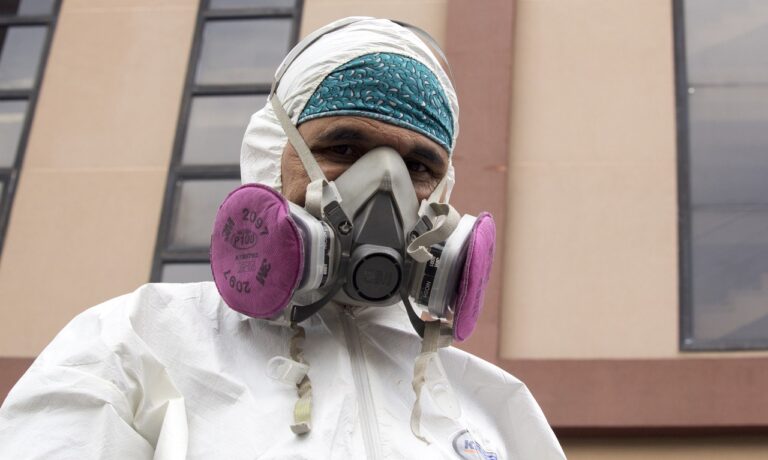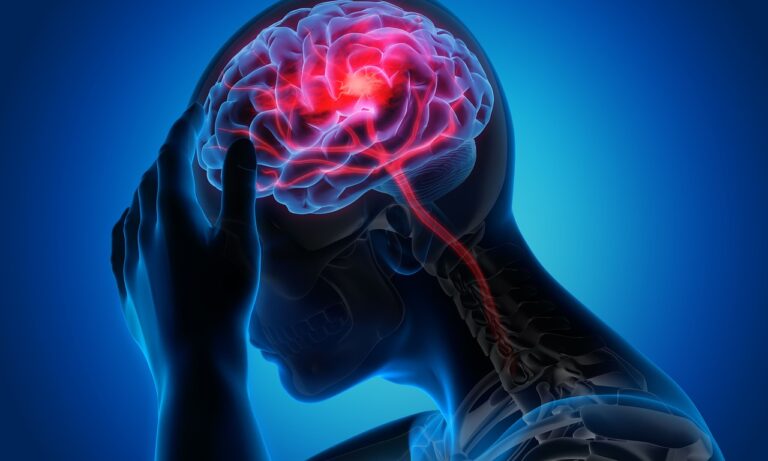The Role of Traditional Indigenous Healing Practices in Chronic Pain Management
Traditional Indigenous healing practices encompass a rich tapestry of traditions and beliefs that have been passed down through generations. These practices are deeply rooted in cultural customs and are often intertwined with the spiritual beliefs of Indigenous communities. From the use of herbal remedies to the performance of sacred ceremonies, each healing practice is a reflection of the unique worldview held by a particular Indigenous group.
Healing in Indigenous communities goes beyond just the physical aspects of an individual; it also addresses the mental, emotional, and spiritual well-being of a person. The interconnectedness of all these elements is at the core of traditional Indigenous healing practices. Through ceremonies, rituals, and the guidance of healers, individuals are supported in their journey towards balance and harmony within themselves and their communities.
Understanding the Connection Between Culture and Healing
Culture plays a significant role in shaping traditional healing practices across indigenous communities worldwide. The connection between culture and healing is deeply rooted in the belief systems, values, and traditions of each community. These healing practices are often passed down through oral traditions and rituals, providing a holistic approach to well-being that integrates mind, body, and spirit.
The cultural context in which healing occurs is essential for understanding the effectiveness of traditional indigenous healing practices. By honoring cultural traditions and beliefs, individuals can experience a sense of belonging and connection to their community, which can have a profound impact on their healing journey. Through ceremonies, storytelling, and community support, culture plays a vital role in promoting healing and restoring balance to individuals and communities.
What are some traditional Indigenous healing practices?
Some traditional Indigenous healing practices include sweat lodges, smudging ceremonies, herbal medicine, and storytelling.
How can culture impact the healing process?
Culture can impact the healing process by providing a sense of identity, belonging, and connection to traditional healing practices that have been passed down through generations.
What role does spirituality play in healing within certain cultures?
Spirituality plays a significant role in healing within certain cultures, as it provides a framework for understanding illness, suffering, and the interconnectedness of all living beings.
How can individuals incorporate cultural practices into their healing journey?
Individuals can incorporate cultural practices into their healing journey by seeking out traditional healers, participating in cultural ceremonies, and connecting with their cultural heritage through language, music, and dance.
Are there potential barriers to accessing cultural healing practices?
Yes, potential barriers to accessing cultural healing practices include lack of awareness, stigma, financial constraints, and geographical limitations. It is important to advocate for cultural diversity in healthcare settings to ensure that all individuals have access to culturally relevant healing practices.





